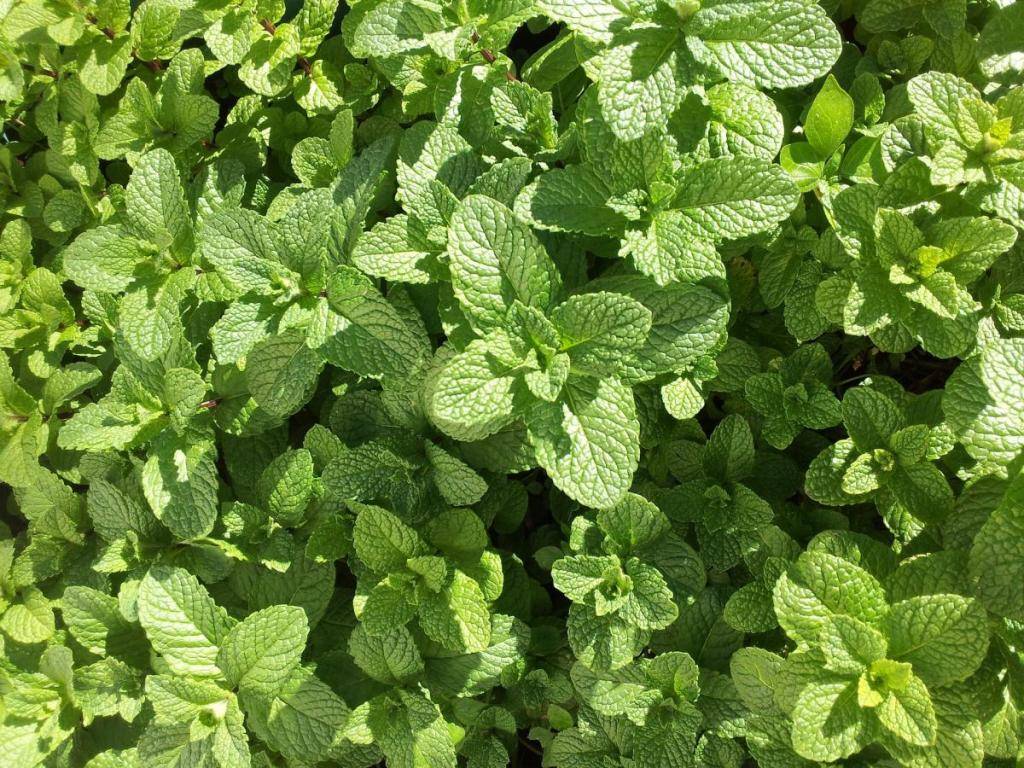
Mentha is also known as pudina which is a genus of plants in the Lamiaceae family. There are about 30 mint species. They are native to Eurasia, North America, the southern part of Africa, and Australia where mints are widely distributed throughout the temperate zones of the world and have become a natural habitat of many places.
Mints are widely spread and can be found in many environments but grow best in wet environments with the presence of moist soils.
Facts about Pudina
There are some fun facts about Mentha or Pudina Plant which you may not know till now
-
Name “minthe” originates from Greek mythology. According to the legendary folklore, Hades’s wife Persephone turned river's nymph Minthe into herbaceous plant after she discovered that Hades is in love with her. Since Hades couldn't reverse the spell, he added beautiful smell to a newly created plant. That way, thanks to Hades, mint spreads magnificent odor when people walk across her.
-
Mint comes in over 30-35 varieties in all around the world.
-
Ancient Romans and Greeks used mint as flavor cordials and fruit compotes also for baths and perfumes
-
Ancient Hebrews used to scatter mint over the synagogue floor for its scent
-
The common garden mint is spearmint
-
The term "mint" is an umbrella for the Mentha plant family that includes spearmint, peppermint, orange mint, and many more.
-
Mint Plants originate mainly in the Mediterranean region.
-
Mint has been found in Egyptian tombs from as far back as 1500-1000 BC!
-
The US produces 70-75% of the Worlds peppermint and spearmint
-
Mint is a small plant that can reach 5 to 45 inches in height. This stem is square-shaped and divided into multiple numbers of nodes.
-
Leaves of mint can be of dark green, gray-green, or purple in color. They have lanceolate shape and serrated edges. Leaves are oppositely arranged on the stem.
-
Flower can be of white or pink in color. Individual flowers of mentha are grouped in cymose inflorescence scientifically known as verticillasters (false whorls).
-
Mint produces a fruit named Nutley which contains about one to four seeds. Propagation via plant cuttings is more common compared to reproduction via seed.
-
Leaves contain compounds called pulegone and menthol which are the cause of the characteristic aroma of the plant and the cooling effect that mint produces.
-
Apple mint, spearmint, and peppermint are the most famous varieties of mint that are cultivated worldwide.
-
Mint is a rich source of vitamins A, C and B2 mainly. It also contains valuable minerals such as Ca, Cu, and Mg.
-
Fresh or dry leaves of mint are used in the preparation of many sweet or salty dishes.
-
Mint is used in the confectionery industry for the production of cookies, chocolates, snacks, candies, and chewing gums.
-
Mint leaves are an inevitable ingredient in popular mojito cocktails. Leaves are also used in the production of liqueurs.
-
Essential oils and menthol extracted from the mint leaves are used in the manufacture of toothpaste and mouthwashes.
-
Mint leaves are used for the production of various creams, lotions, perfumes, and shampoos.
-
Mint is used in traditional medicine mainly for the treatment of the stomach and chest. It can also relieve respiratory difficulties and skin burns because it produces a cooling effect. With its healing effects, mint is popular and often used for whitening teeth.











